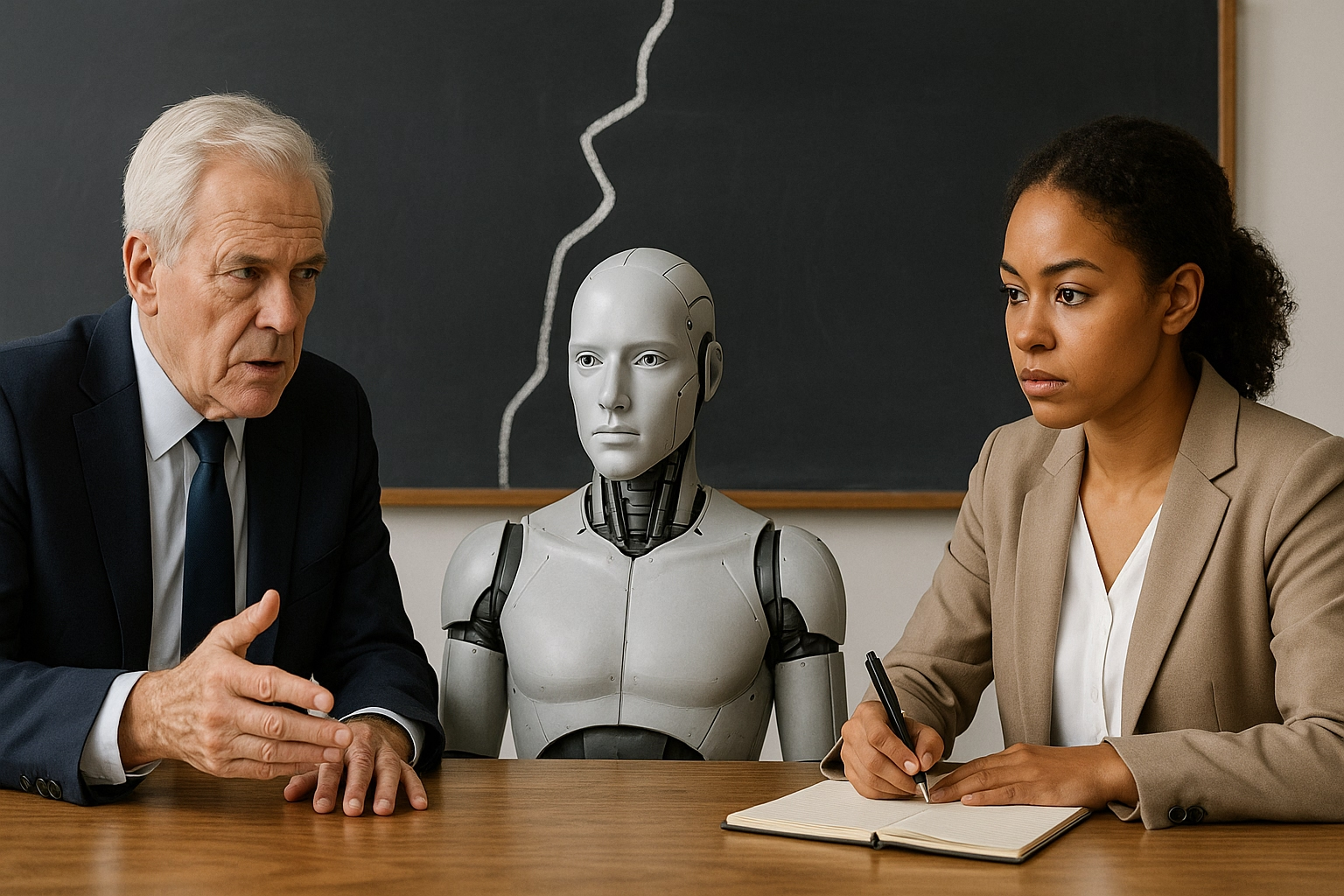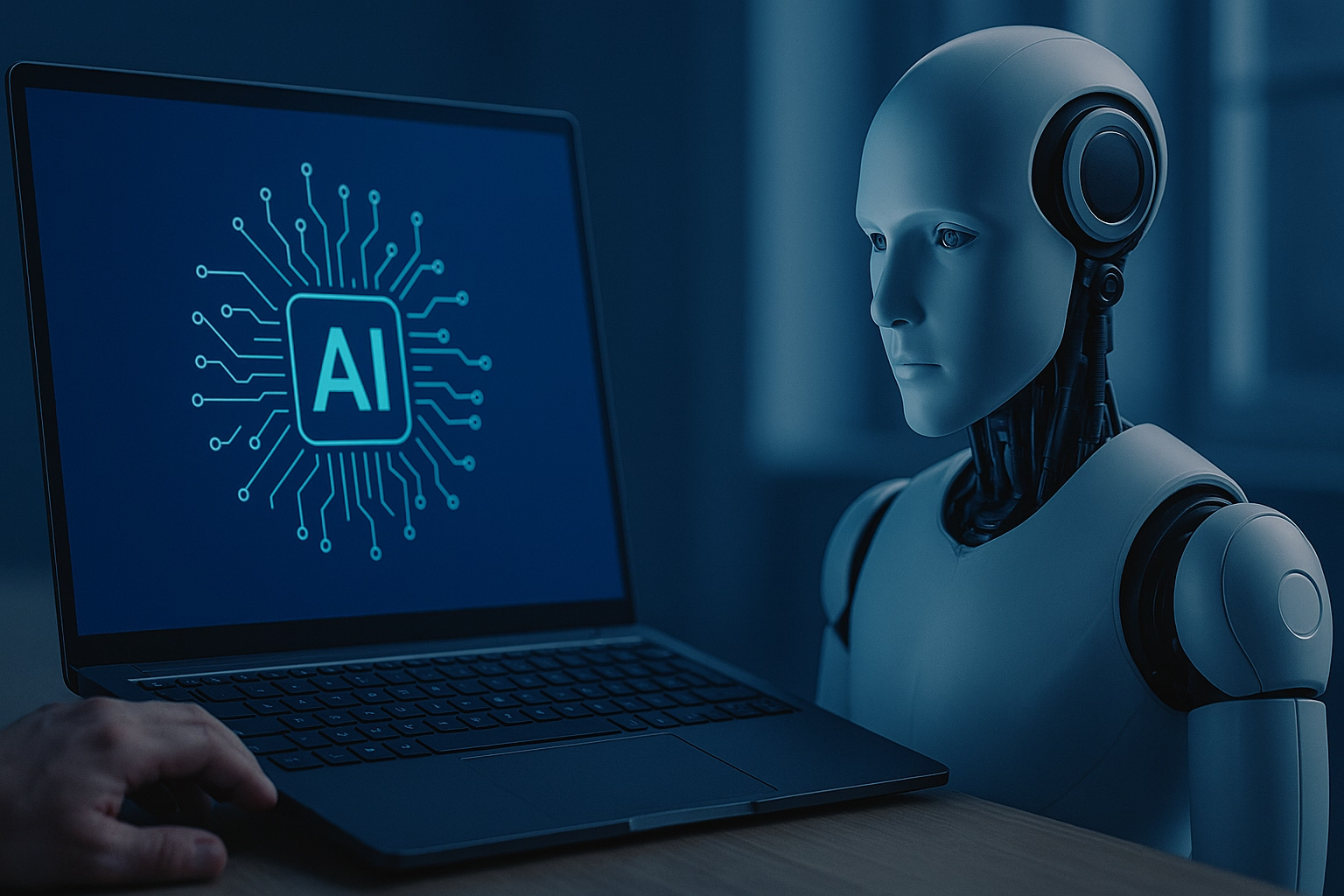The Age of Intelligent Anarchy: Why AI Demands New Rules
When OpenAI released ChatGPT to the public, governments were unprepared for the wave that followed. Overnight, millions of people interacted with a system capable of reasoning, persuading, and producing content at a scale never seen before. Within months, classrooms, workplaces, and political campaigns were transformed. Yet behind this rapid expansion, no single institution had defined what responsible use should look like.
Artificial intelligence now evolves faster than the systems meant to contain it. Laws written for the digital age cannot keep pace with models that rewrite their own parameters in weeks. Each breakthrough widens the gap between innovation and accountability, leaving society in a state of what some scholars call intelligent anarchy. The technology advances without consensus on boundaries.
The urgency of this situation has forced an uncomfortable question into the spotlight: who decides how far AI can go? The answer will shape not only industries and economies but also the moral architecture of the twenty-first century.
The Temptation of Self-Regulation: Innovation Without Accountability

The technology industry has long defended self-regulation as the most efficient path to progress. Executives argue that innovation cannot thrive under constant political scrutiny. They present AI as a domain too complex for bureaucrats to understand and claim that those building the systems are best positioned to set their boundaries. The logic sounds persuasive in an environment driven by speed and competition.
Yet self-regulation has a history that invites skepticism. Social media platforms once promised to manage their own ethical standards, only to become engines of misinformation and manipulation. The same dynamic threatens to repeat itself with AI. When the pursuit of capability overshadows caution, transparency becomes an afterthought. Companies set their own ethical codes while competing to dominate the market, turning responsibility into a marketing tool rather than a principle.
The allure of self-regulation lies in its simplicity. It removes interference and preserves control. But when decisions about bias, privacy, and fairness are left entirely to those who profit from the outcomes, the boundaries of responsibility blur. Innovation without accountability risks becoming power without oversight, and history rarely treats that combination kindly.
The State Strikes Back: Can Governments Still Control the Code?
As AI systems began influencing markets, education, and security, governments could no longer stand aside. Nations rushed to draft new frameworks to contain the accelerating power of algorithms. The European Union launched the AI Act, the United States debated federal oversight, and China introduced strict national controls. Each initiative sought to reassert authority over technologies that were already shaping global behavior.
The challenge lies in the mismatch between the pace of governance and the speed of technological change. Lawmakers rely on committees and consultation, while AI evolves in code repositories and corporate labs updated daily. The tools of control are blunt compared to the precision of the systems they seek to regulate. Regulations intended to protect citizens can quickly become outdated, creating a cycle of reaction rather than prevention.
Even with best intentions, governments face political and economic pressures. Heavy restrictions risk driving innovation to less regulated regions, while leniency exposes societies to harm. The question is not whether states should act but whether they can maintain relevance in a world where intelligence itself is becoming decentralized. To regulate AI is to chase a moving target, one that learns faster than any legislative body can respond.
The Global Dilemma: Whose Rules Should Apply to Artificial Intelligence?

Artificial intelligence does not recognize borders. A model trained in San Francisco can influence markets in Singapore or elections in Europe within seconds. This borderless nature creates a legal and ethical vacuum. Every nation attempts to shape AI according to its own political values, yet algorithms move freely between jurisdictions. What one country sees as innovation, another may interpret as manipulation or surveillance.
This fragmentation exposes a deeper problem. Without a shared global framework, the rules of AI are determined by power rather than principle. Wealthier nations with stronger research ecosystems define standards that others must follow, while smaller economies struggle to assert influence. The absence of alignment also invites regulatory arbitrage, where companies relocate to regions with looser oversight to avoid constraints.
Efforts at international cooperation exist, from the OECD’s AI principles to the United Nations’ calls for ethical alignment. Still, consensus remains elusive. Every government fears that slowing down could mean falling behind. The result is a race without a referee, where technological progress continues but ethical responsibility lags several steps behind.
The Case for Hybrid Governance: Collaboration Over Control
Neither unrestrained innovation nor rigid control can provide stability in the age of artificial intelligence. The solution emerging from experts and policymakers is a shared model of governance that combines public oversight with private expertise. This approach recognizes that no single entity holds the full understanding or authority to manage a technology as complex as AI.
Hybrid governance invites cooperation among governments, corporations, and research institutions. The state defines ethical and social priorities, while the industry contributes technical knowledge and operational agility. Universities and civil society organizations act as mediators, ensuring that transparency and fairness remain at the core. Together, they create a framework flexible enough to evolve while grounded in accountability.
For this model to work, trust must replace rivalry. Governments must learn to see companies as partners, not adversaries, and corporations must accept that innovation carries civic responsibility. Regulation becomes a dialogue rather than a command, guided by shared standards and measurable outcomes. The future of AI depends not on who dominates the system but on how collaboration can turn control into coordination.
Who Draws the Line: Power, Ethics, and the Future of AI Boundaries

The debate over self-regulation and state regulation ultimately leads to a deeper question about power. Every rule, algorithm, and guideline reflects a choice about who decides what intelligence is allowed to do. The authority to define those limits is the true prize in the age of AI.
As technology grows more autonomous, control becomes both necessary and uncertain. Governments hold legitimacy, corporations hold capability, and citizens hold the consequences. The future of AI governance will depend on how these forces learn to share responsibility without surrendering integrity.
Boundaries will continue to shift, shaped by conflict, negotiation, and adaptation. The task ahead is not to end the struggle between freedom and oversight but to make it productive. The governance of intelligence must evolve as intelligently as the systems it seeks to guide.
How secure are H-in-Q’s solutions?
All tools are GDPR-aligned, privacy-first, and built with encrypted pipelines.
Do you build custom AI models?
Yes. We fine-tune models (NLP, prediction, segmentation) for each client’s vertical.
Can clients access dashboards directly?
Absolutely. All outputs are dashboard-ready and integrate with BI tools like Power BI or Tableau.
What languages are supported?
Our solutions engage in 45+ languages with automatic detection and semantic consistency.
How fast can we deploy a solution?
Most go live within days thanks to plug-and-play connectors and modular architecture.
What happens to client data?
Data stays secure, used only for model training and processing, with full transparency and client control.
References
- OECD AI Principles
- EU Artificial Intelligence Act – Regulatory Framework
- OECD Responsible AI Governance Framework for Boards
- Read also: Bias Audits or Legal Theater: The True Role of AI Ethics Boards



